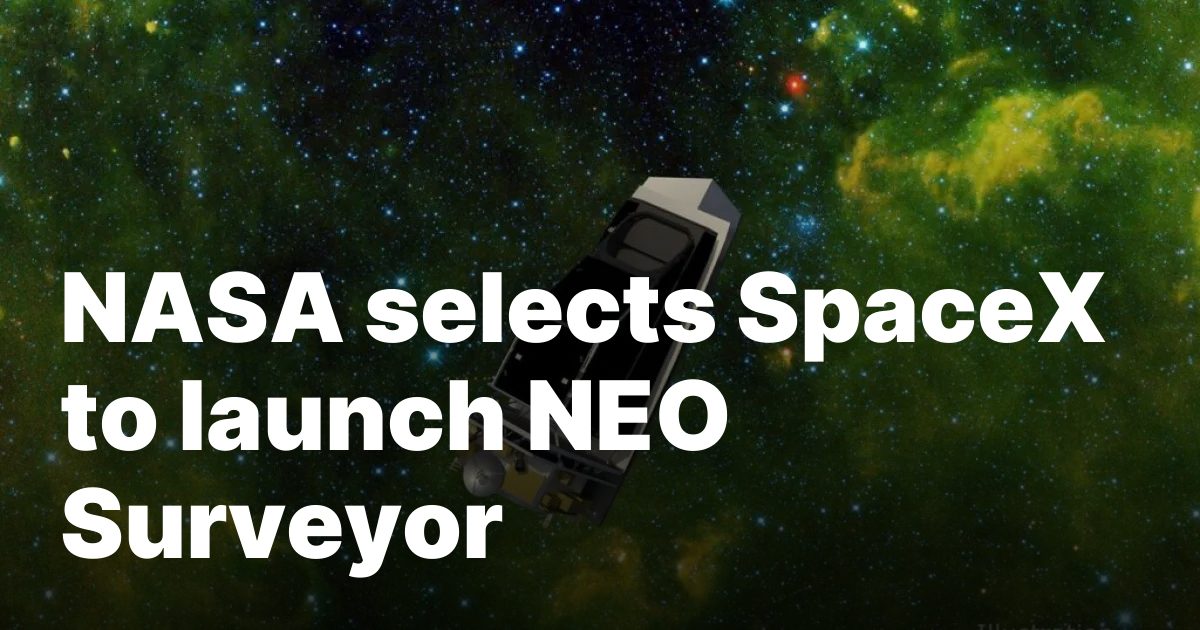
NASA Selects SpaceX for NEO Surveyor Telescope Launch
WASHINGTON — In an exciting development, NASA has chosen SpaceX to launch a state-of-the-art space telescope aimed at identifying near-Earth objects (NEOs).
On February 21, NASA revealed that it had awarded a task order under the NASA Launch Services II contract, designating the Falcon 9 rocket for the launch of the Near Earth Orbit (NEO) Surveyor spacecraft. This task order is valued at approximately $100 million, as confirmed by the agency.
The NEO Surveyor is set to take flight on a Falcon 9 from Florida, with a launch window opening as early as September 2027. The spacecraft will operate from the L-1 Lagrange point, located 1.5 million kilometers from Earth, aligned with the sun.
This mission features a 50-centimeter telescope outfitted with advanced infrared detectors, enabling NEO Surveyor to identify near-Earth objects and ascertain their sizes and orbits. Over five years, the mission aims to locate two-thirds of NEOs measuring at least 140 meters in diameter, with a goal mandated by Congress to identify 90% of such objects within a 10 to 12-year timeframe.
This launch agreement follows the successful completion of the $1.2 billion mission’s critical design review on February 6, which allows the NEO Surveyor project to advance into its assembly and testing phases. Currently, the instrument enclosure of the spacecraft is undergoing environmental assessments at the Johnson Space Center. In the coming weeks, this component, alongside other spacecraft parts, will be transferred to the Space Dynamics Lab in Utah for integration and further testing.
The significance of tracking near-Earth objects has recently been underscored by growing interest in asteroid 2024 YR4. Discovered in December, this asteroid is estimated to measure between 40 and 90 meters in width, initially presenting a small but real risk of impacting Earth in December 2032.
Following additional observations, the probability of a collision rose to 3.1% as of February 18. However, ongoing analysis has refined its trajectory, leading to a significant reduction in the impact risk. As reported on February 21, the Center for Near Earth Object Studies at the Jet Propulsion Laboratory has updated the likelihood of an impact to just 0.36% for December 2032.
Related Articles









